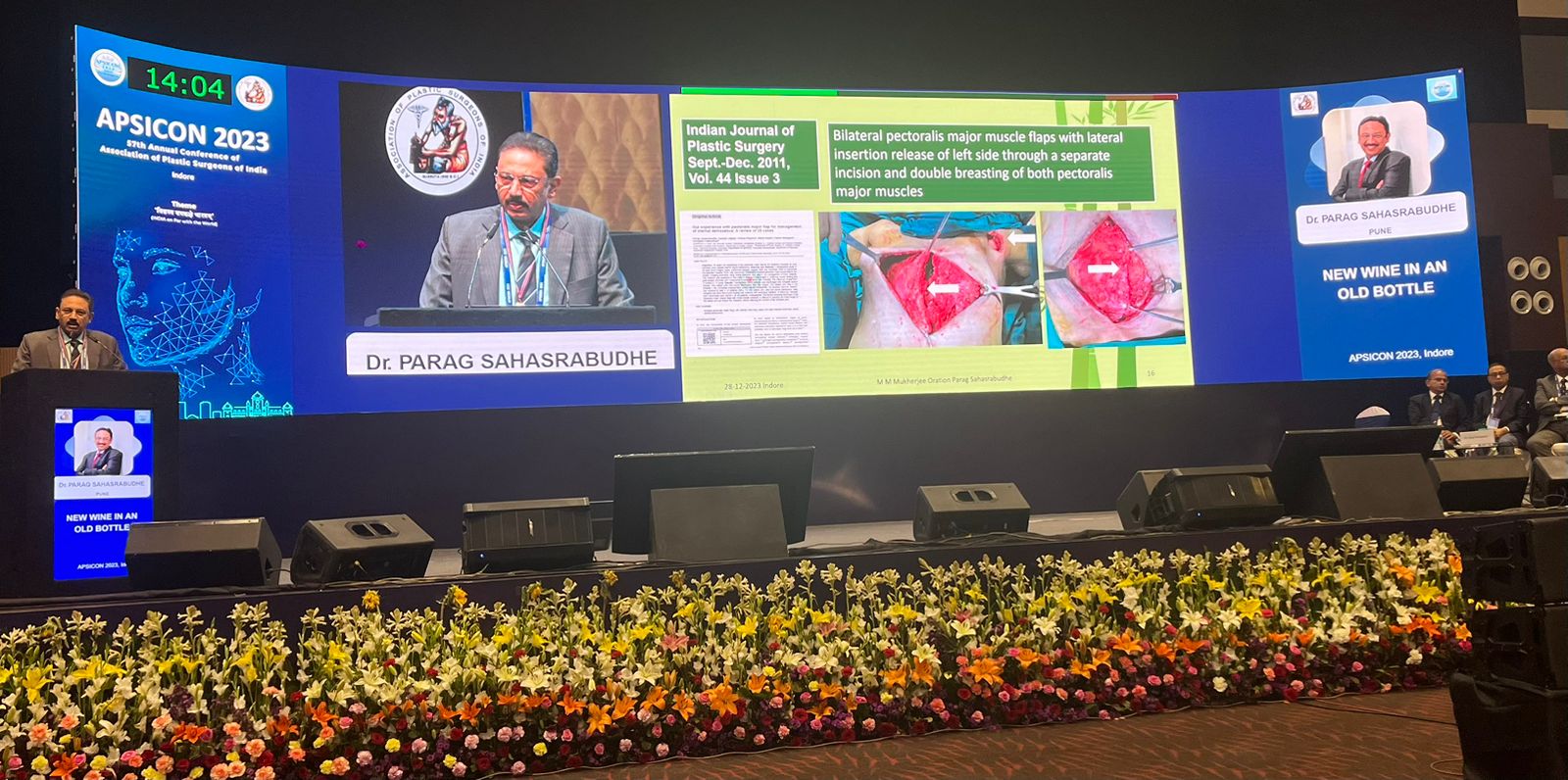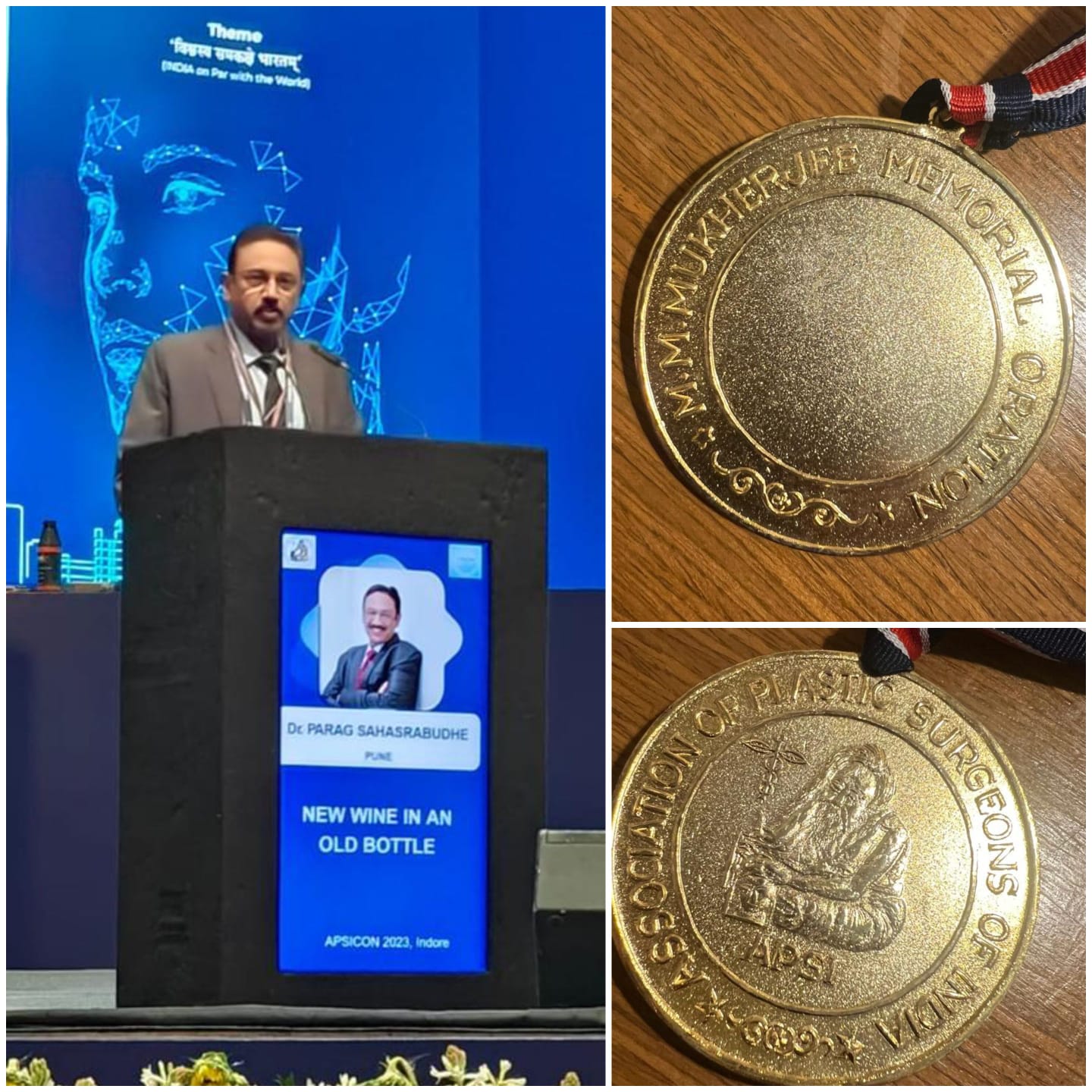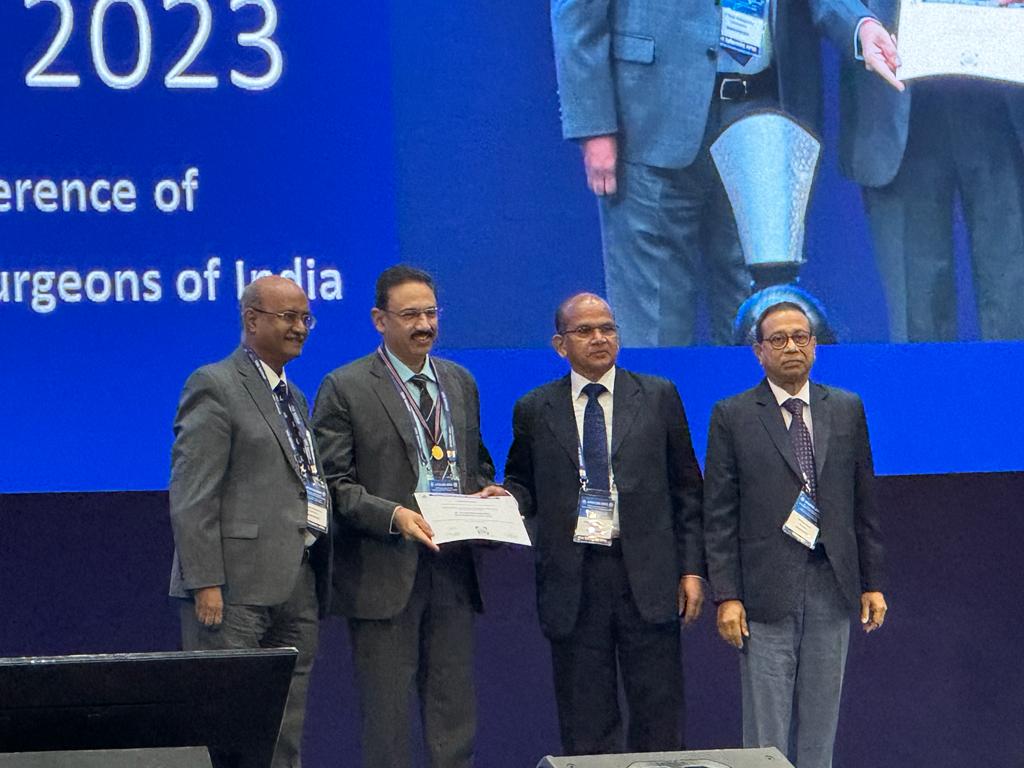Facial Implants
Facial Implants
Facial implants are man-made (synthetic) substitutes for your own body tissues. They are most often used to enhance the nose, cheeks or chin regions. Your own tissues (for example rib bone or cartilage) may be used for the same purpose, but the risks and costs are usually much greater. Your face, more than any other part of your body, is what defines you. You use it to communicate, to be recognized, and to influence other people. Yet, at its most fundamental level, your face is a composite of structural elements - chin, cheeks, nose, brow, jaw seen in the context of your whole face. It is the relationship between these structural elements that creates the look that is uniquely yours.
When one of these elements is too big, too small, too prominent, it tends to throw the face out of balance. Facial contouring, using carefully styled implants, can create a more attractive, harmonious balance among your facial features. Implants can be used alone or in conjunction with other facial procedures (such as combining chin augmentation with a facelift to enhance the chin/neck angle).
Best Candidate for Facial Implants :
The best candidates for implants are people looking for improvement, not perfection, in the way they look. You should be physically healthy, psychologically stable, and realistic in your expectations. Patients considering a facial implant should be aware of alternative surgery (such as breaking and advancing the lower jaw instead of a chin implant) and be aware that no man-made substance is perfect. Some patients will not tolerate even the most inert (minimally reactive) substance and for these patients using their own tissues is the best option.
Risk Involved
Facial surgery is normally safe, as long as patients are carefully selected, the operating facility is properly equipped and the physician is a certified Plastic Surgeon. A facial implant will occasionally shift in position after the operation. It does not happen often, but if the implant shifts, the only way to correct it is to redo the operation. A small percentage of patients develop an infection around the implant. While this may occur at any time, it is most often seen within a few weeks after surgery. In some cases, the implant may need to be removed for several months until the infection clears. A new implant can then be inserted. Occasionally, some patients will experience minor injury or bruising to the facial nerves which provide feeling and movement to the lip and chin areas. This condition is usually temporary. You may have concerns about the use of an implant made of silicone. Facial implants, unlike breast gel implants, are made of solid silicone. They have a long and safe history for human implantation.
Procedure Details
Most facial implant procedures are performed under deep sedation and local anesthesia. Surgery usually takes an hour or two, but the time required may vary considerably depending on the amount of work being done. During this time the patient is carefully monitored.
Nose Implant Surgery
It is usually performed through incisions made in the nose. Silicone augmentation is performed in the hospital as day care Surgery or may require admission for one day. Dorsal splinting or plaster is put on nose for support which may be kept for 7-10 days.
Cheek implant surgery
It is usually performed through incisions made in the mouth. Tunnels are raised to the cheek bone prominences and the implants positioned for maximum effect. Sometimes external stay sutures are used to prevent shifting in the early post-op phase. The intra-oral incisions are closed with dissolving sutures and no dressing is needed.
Jaw line implants
They increase the width of the lower third of your face. Much like the chin, a weak jaw can be thought of as one that is not well-defined and distinct from the neck, or one that slopes rather than angles from the ear to the chin. In some cases, both the chin and jaw can contribute to facial imbalance.
Chin implant surgery
It is best performed through a small incision in the crease under your chin. A pocket large enough for the implant is then created by gently lifting the skin and muscle off the chin bone. Sizers are then used to determine the most appropriate implant for your profile and expectations. Fine sutures close the incision and no dressing is required.
What will happen in First Consultation?
In the initial consultation, the patient is asked to describe what kind of augmentation is desired. The surgeon then will examine the part in particular and the face in general and discuss the possibilities with the patient. You will be shown different catalogues of implants available in the market.
After Surgery
Do not expect to look or feel great right after surgery. The implanted areas will be swollen and bruised and you may feel some pain from the tissue stretching. The discomfort can be controlled with pain medications. Strenuous activities are best avoided for at least 4-6 weeks post-op. Activities that might result in your face getting jarred or bumped in the first six weeks could result in implant displacement. The scar tissue which holds your implant in place takes at least this long to form.
Your New Look
Facial implant surgery is a highly effective technique for giving you a new contour with very little scarring. The results are permanent. Implant procedures can dramatically or subtly change the way you look and depending upon what you want most patients are very satisfied with the results of their surgery.
Quick Enquiry
Contact Us
5 Shree Dhanalaxmi Society,
Off Senapati Bapat Road,
Near Symbiosis College,
Shivajinagar, Pune 411016.





